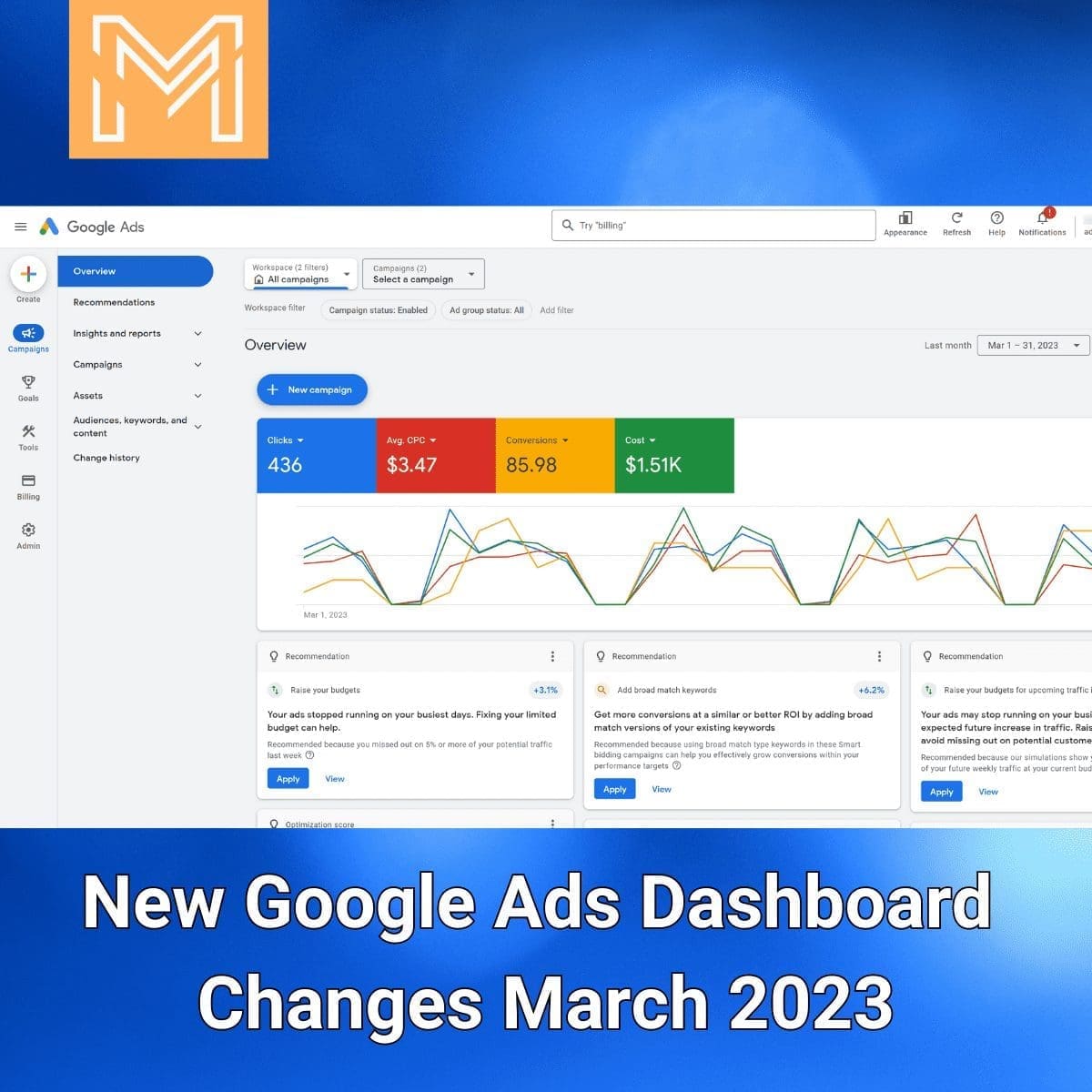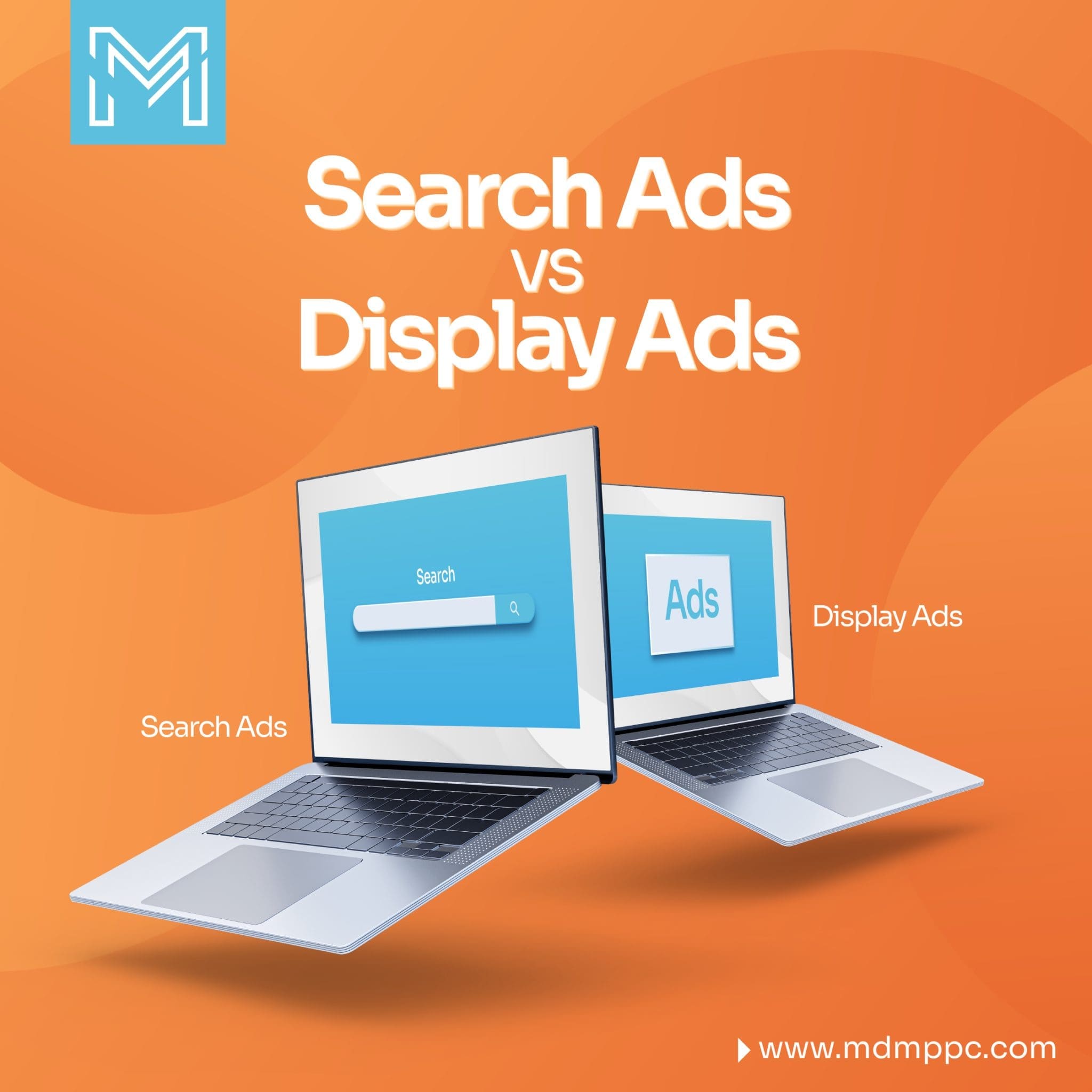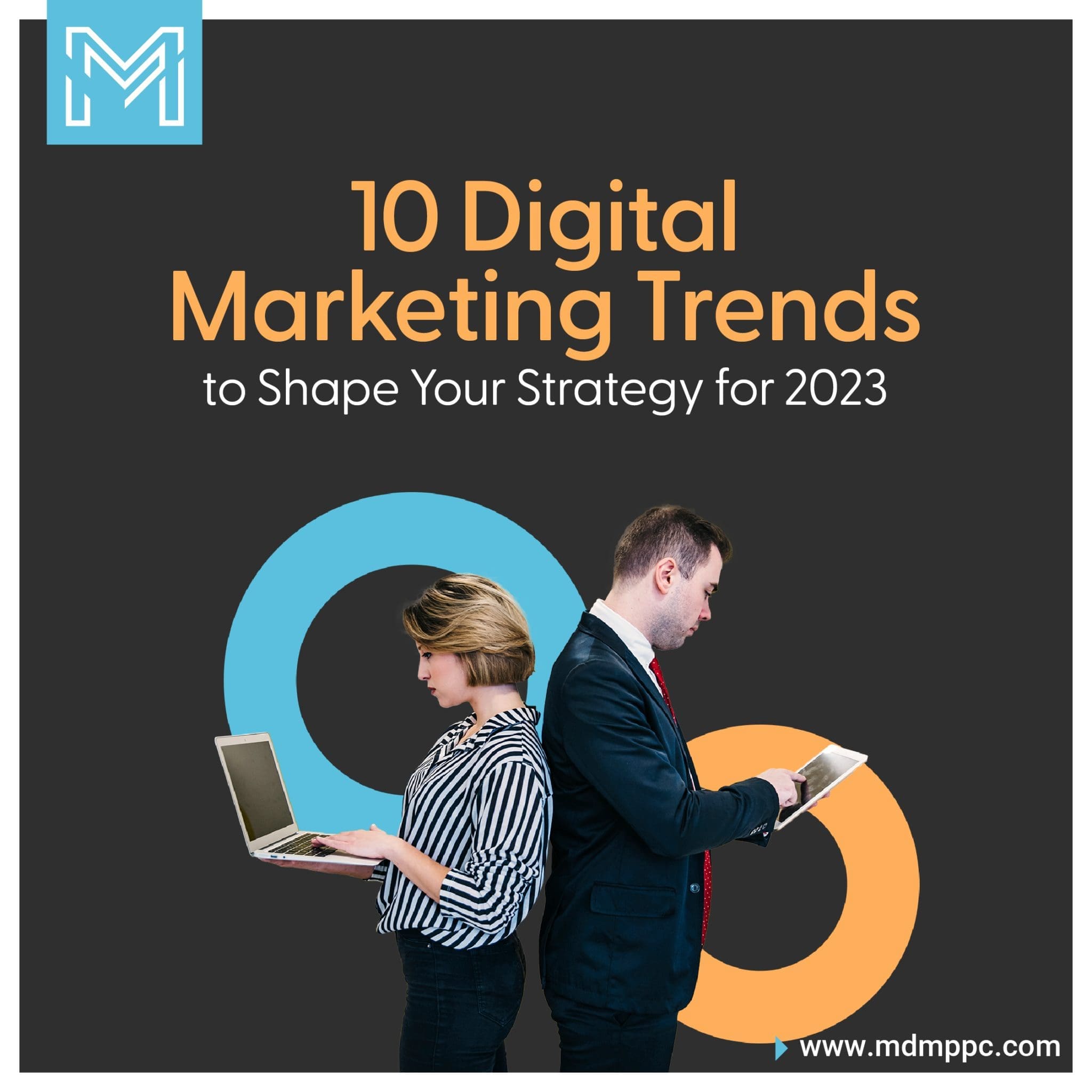Google Ads is a great way to promote your business online and reach more customers in a short time. It’s a platform that lets you advertise on Google Search and across websites through the Google Display Network, so your business can reach many internet users.
According to Gitnux Report 2024, 90% of people say that ads influence what they buy, making Google Ads a valuable tool for shaping customer choices. The report also states that 75% of people find it easier to find information with the help of paid ads.
But not all businesses are the same, so it’s important to know exactly how well Google Ads is working for your business goals. This is where understanding your return on investment Google ROI (return on investment ) comes in.
With the help of a Google Ads ROI calculator, you can see how much profit you’re making from your Google Ads compared to what you’re spending on them. Knowing Google Ads ROI helps you see if your ads are worth the investment and how you can improve them.
In this article, you’ll learn what ROI means, how to track Google Ads ROI, and how you can improve ROI on Google Ads.
You can speak to our Google Ads consultants now to devise a digital advertising strategy for your business, or you can continue reading to learn about Google Ads ROI.
What is ROI?
ROI, or return on investment, is a way to measure how much profit or benefit you have gained from an investment compared to the money you invested in a venture. In simple terms, it tells you whether the money you’re spending on something is being recovered and giving you profits over that or not.
ROI need not always be in the form of revenue but it also means generating more leads and improving conversions which would account for revenue generated from future customers.
How to calculate Google ROI?
Google Ads ROI measures how much revenue your ads generate compared to how much you spend on them. It helps you check whether the money you’re putting into Google Ads is leading to more sales or leads for your business or not.
ROI = (Total Revenue after Product/Service Sales – Total Cost i.e. Product + Google Ads costs) / Total Costs
For example, if you spend $500 on Google Ads and those ads result in $1,000 in sales, your ROI would be 100%.
What this effectively means is that for every dollar you spend on Google Ads, you make 1 dollar in profit. Tracking Google ROI helps you understand the effectiveness of your Google ad campaigns and make decisions on how to adjust your advertising strategy to improve your ROI.
If you want to check how much profit you would make from Google Ads by investing in PPC (pay-per-click) ads, you can use this free Google Ads ROI calculator to perform it.
Why is Google ROI the most important metric for measuring the success of your Google Ads campaigns?
Business owners consider ROI the most important metric for ad success, and rightly so because it directly measures the financial success of your ad investment.
1. Measures profitability
ROI tells if your Google Ads campaigns are making revenue or draining it. Ad campaigns are not only about how many clicks or impressions you get but about how much profit those clicks bring in compared to every dollar you spend.
2. Determines future budget
ROI helps you allocate your advertising budget more effectively. If an ad campaign gives high ROI, you should invest more in it. If the ROI is low or negative, it’s time to change the strategy or stop that campaign.
3. Campaign effectiveness
ROI tells how well your ads are performing in terms of revenue. Surface metrics like click-through rates or impressions are important but ROI shows the true value of your ads.
4. Optimizes marketing strategy
Tracking ROI helps identify which keywords, ad copies, or targeting strategies are working. This helps you optimize your Google ad campaigns to get the best possible return on your investment.
5. Relates to your business goals
ROI aligns directly with your business goals because it focuses on profit. Monitoring Google ROI ensures that your Google Ads efforts contribute meaningfully to your company’s marketing goals.
How to track Google ROI?
Here are the simple steps to track Google Ads ROI.
1. Set your conversion goal
Decide on the specific action you want a potential customer to take after they click your ad, like buying a product, submitting a lead form, or downloading your business app.
2. Set up conversion tracking
Use Google Ads’ conversion tracking feature or connect it with Google Analytics to track and link conversions to your ad campaigns.
3. Calculate the conversion value
Fix a monetary value to each conversion. For sales, this value is the revenue earned.
4. Analyze Google Ads data
Important metrics in Google Ads are-
Conversion rate– The percentage of clicks that lead to conversions.
Cost Per Conversion (CPC)- The average cost to get a conversion.
Return on Ad Spend (ROAS)- The revenue generated for each dollar spent on ads. This is not the same as ROI.
Now calculate ROI using this formula you learned above.
ROI = (Total Revenue – Total Ad Spend) / Total Ad Spend
5. Use Google Analytics
Connect Google Analytics with Google Ads to understand user behavior and how conversions are attributed to your ads.
How to improve ROI on Google Ads?
1. Optimize keywords used in ad copy
To improve your ROI on Google Ads, optimize your keywords.
Use long-tail keywords, which are more specific and less competitive to attract users who are closer to making a purchase.
Use negative keywords to avoid your ads appearing in irrelevant searches, reducing wasted clicks and saving money.
2. Improve ad quality
The quality of your ad content is an important factor that drives conversions.
Write a compelling ad copy that is clear, relevant, and shows your unique selling points (USPs) to make your ads more appealing to the viewers.
Add ad extensions, such as phone numbers, site links, and customer reviews.
3. Target the right audience
Target your audience by using demographic, location, and interest-based options.
Use remarketing strategies to target users who have previously visited your website, increasing the chances of conversions as these users are already familiar with your brand.
4. Adjust bidding strategies
Use smart bidding, an automated approach that optimizes bids based on conversion data.
Focus on high-performing keywords by increasing bids on keywords that generate the most conversions, while decreasing bids on underperforming keywords.
5. Test and experiment
Regular testing the elements of your ad campaigns and trying out let you know what works best in your campaigns.
Conduct A/B testing on different ad copies, headlines, and landing pages to figure out the most effective combinations. Experiment with various ad formats, such as responsive search ads or video ads as well to see which ad formats give better results for your business.
6. Utilize conversion tracking
Accurate conversion tracking tells the true ROI of your Google Ads campaigns.
Set up conversion tracking properly to record all relevant actions that drive value for your business. Focus on optimizing your campaigns for the conversions to increase ad effectiveness and profitability.
Conclusion
ROI is the most important metric for success of Google ad campaigns. If you own a business, you would be interested to know whether your ad investments are paying off or not. While measuring ROI might seem like plugging values in a formula and getting a number, it’s more complex than that.
For measuring Google ROI, you need to set up conversion tracking, A/B test campaigns. And, knowledge about Google ROI is useful only when you take a further action- stop a certain campaign or invest more in another campaign.
That’s where McElligott Digital Marketing comes in to do the heavy work for you. With us as your digital partner, you can focus on your business without worrying about marketing your brand. Because we take care of it for you.
Get a FREE consultation with our Google Ads expert at (833) 772-4897.
FAQs
1. What is a good ROI for online ads?
A good Google ROI for online ads can range from 2:1 to 5:1, meaning you earn $2 to $5 for every $1 spent. While a ratio of 5:1 is excellent, you need to consider industry standards as they differ and specific campaign goals.
2. According to Google, what is the average ROI of Google Ads?
Google doesn’t declare an average ROI for Google Ads generally but it is competitive with other online ad platforms, and effective ad campaign management results in higher returns.





